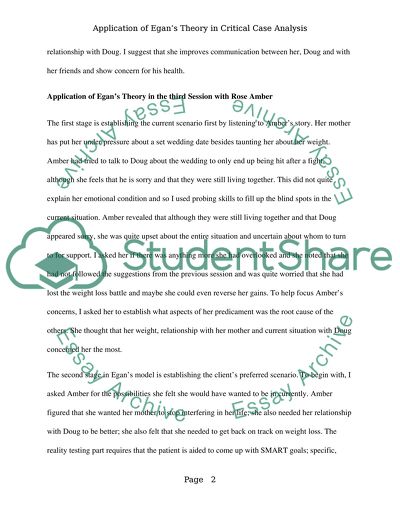Cite this document
(“Application of Egan's Theory in Critical Case Analysis Study”, n.d.)
Retrieved from https://studentshare.org/health-sciences-medicine/1432667-apply-the-egan-theory-to-critically-analyse-the
Retrieved from https://studentshare.org/health-sciences-medicine/1432667-apply-the-egan-theory-to-critically-analyse-the
(Application of Egan'S Theory in Critical Case Analysis Study)
https://studentshare.org/health-sciences-medicine/1432667-apply-the-egan-theory-to-critically-analyse-the.
https://studentshare.org/health-sciences-medicine/1432667-apply-the-egan-theory-to-critically-analyse-the.
“Application of Egan'S Theory in Critical Case Analysis Study”, n.d. https://studentshare.org/health-sciences-medicine/1432667-apply-the-egan-theory-to-critically-analyse-the.


